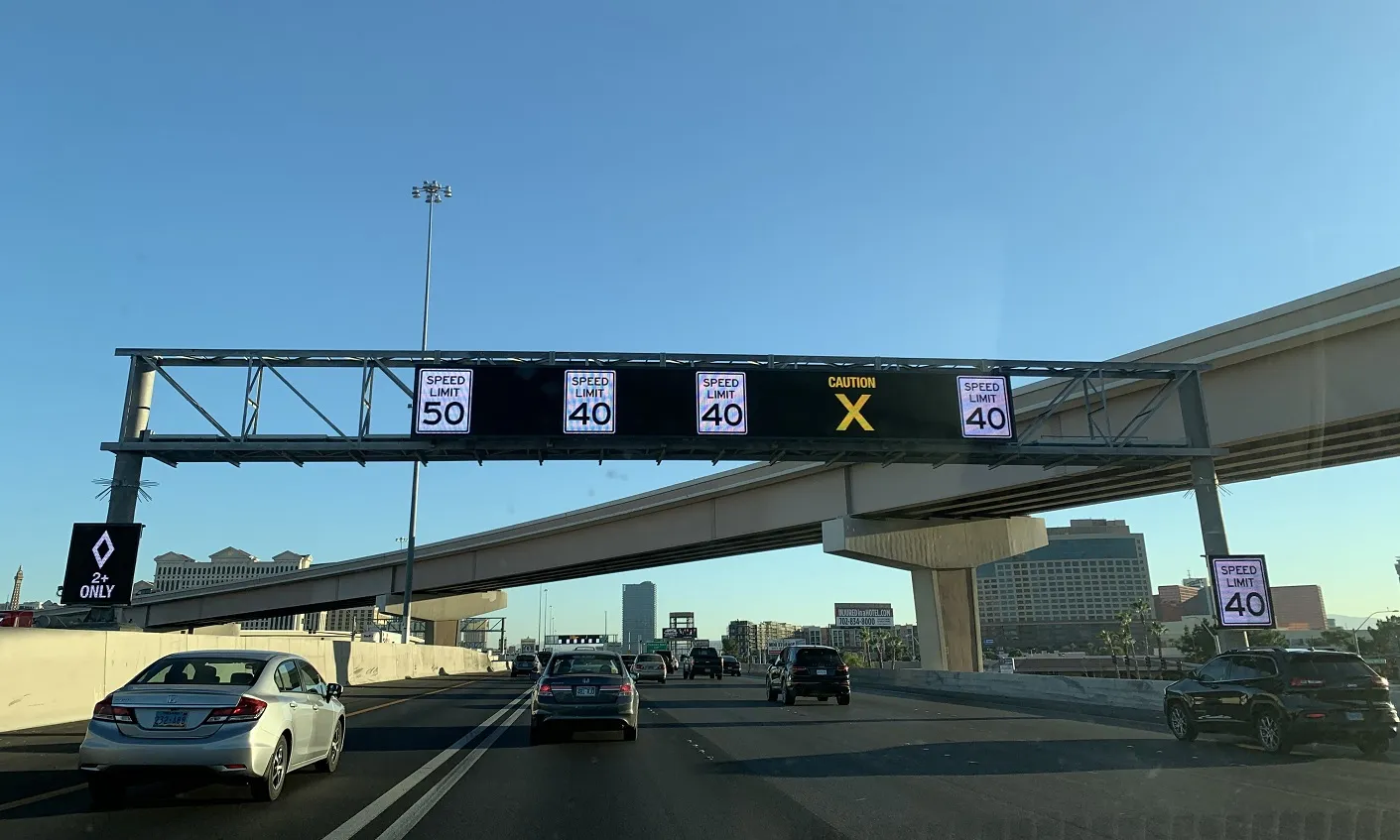IBM has developed a new transportation management solution to help minimise congestion and improve traffic flow for the New Jersey Turnpike Authority (NJTA).
The solution, which is part of NJTA's advanced traffic management program (ATMP), will serve both the New Jersey Turnpike and the Garden State Parkway, two of the most heavily travelled highways and busiest toll roads in the United States.
The system, which manages almost a thousand devices, provides traffic management professionals at the NJTA
May 21, 2015
Read time: 2 mins
The solution, which is part of NJTA's advanced traffic management program (ATMP), will serve both the New Jersey Turnpike and the Garden State Parkway, two of the most heavily travelled highways and busiest toll roads in the United States.
The system, which manages almost a thousand devices, provides traffic management professionals at the NJTA with a single, comprehensive view of all signs at their command with intuitive access to the sophisticated tools necessary for nimble management of information such as updating speed limits and travel messages to drivers.
Connecting a wide array of systems into a central location that is both dynamic and intelligent enables the NJTA to quickly react and respond to real-time information about roadway conditions that ultimately serves to reduce congestion and delays faced by motorists.
In future phases, the ATMP will use data generated from over 3,000 sensors to further optimise response times for all forms of traffic incidents and reduction of secondary incidents. The new system provides central management of approximately 900 devices that include: variable message (VMS), drum (CM) and portable signs, in addition to newly designed hybrid (VMS/drum) displays and traffic cameras.
"This first of its kind transportation management solution will help minimize congestion and improve traffic flow for the Garden State," said IBM North America General Manager Elly Keinan. "With IBM's Intelligent Transportation solution, the New Jersey Turnpike Authority is providing operators a holistic view for monitoring traffic events and conditions through data collection from a variety of roadside devices. Using an Internet of Things approach in creating a modern turnpike will allow the NJTA to easily add enhancements to the road system such as advanced analytics and predictive capabilities in the future for traffic prediction, incident detection, and other roadway optimization capabilities."








